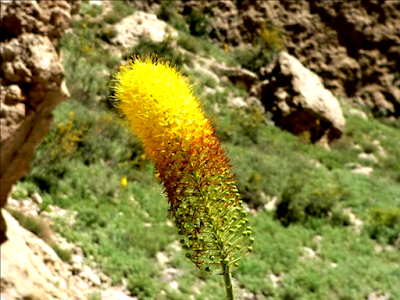Mistle thrush (
Ubosht Khour)
Kingdom: Animalia
Phylum: Chordata
Class: Aves
Order: Passeriformes
Family: Turdidae
Genus: Turdus
Species: T. viscivorus
Binomial name
:Turdus viscivorus
Ziarat district is
blessed with many important species of birds found in the ecosystem. Mistle
thrush is one of those birds found in the juniper forest of Ziarat. It is
locally is known as" Ubosht Khour" which means Juniper Eater.
Importance
of Mistle thrush in Ziarat
Junipers forest in
Ziarat is the second largest Juniper forest in the world, which covers an area
of about 999.60 hectares.Juniper forests play
an attractive role in the ecosystem and suck carbon dioxide, which is a major
cause of global warming. Ziarat’s
juniper is rich in biodiversity of
plant species. The forest ecosystem provides a habitat for several species of
plants, wild life and birds including migratory birds as well
Mistle thrush is
very important species of bird and plays a critical role in the ecosystem of
Juniper forest. It is playing s a vital role in the Juniper tree Eco cycle and the main source to increase juniper trees
in Ziarat. It functions as a dispersal agent.
Mistle thrush eats
juniper berries as an important food source, especially during the winters when
the ground is too frozen to hunt worms or snails and other insects.
The seed of juniper
berries are very tough. When Mistle thrush engulfs them, the enzyme of the
digestive system make little bit soft and removes natural chemicals that would
otherwise prevent the seed from growing. Juniper berry seeds actually grow
better after passing through a bird's gut, which as a result it takes
relatively less time in germination.
This process become helpful and effective
in dispersing juniper seeds all over through Mistle thrush and juniper berries
successfully sprout and more juniper plants shoots randomly.
Mistle thrush plays important role in conservation. of Juniper tree and impact on its habitat and plays a critical role in supporting the wildlife that exists in its ecosystem.
Mistle thrush plays important role in conservation. of Juniper tree and impact on its habitat and plays a critical role in supporting the wildlife that exists in its ecosystem.
To preserve Juniper
forest we need to protect Mistle Thrush. If there are more birds more new
juniper plats will grow and the wildlife will flourish in the ecosystem of
juniper forest.
DESCRIPTION
The mistle thrush
(Turdus viscivorus) is a quite large bird, about 150 grams in weight, about 300
mm in length; wingspan is about 150 mm.
It has pale grey-brown upperparts, a
greyish-white chin and throat, and black spots on its pale yellow and off-white
underparts. The male and female Mistle thrush is similar in appearance.
Juveniles are similar to adults, but they have have rusty-yellow tinge, paler
upperparts with creamy centres to many of the feathers and smaller spots on the
yellowish underparts.
The eyes are dark
brown and the bill is blackish with a yellowish base to the lower mandible. The
legs and feet are yellowish-brown.
VOICE
The male mistle
thrush has a loud melodious song with fluted whistles. The song is, much louder. The male is most
vocal in the early morning The main call is , given by both sexes, ehen alarmed
or disturbed It is louder and have a rattling call It is often likened to the sound of a
football rattle, a form of musical ratchet. There is also a squeaky tuk contact
call.Their ‘fluting’ phrase is one of the earliest signs of spring.
FEEDING
The diet of mistle thrush mostly consists of invertebrates and
berries..It eats beetles, earthworms, slugs, and snails for most of the year
but will feed extensively on berries o throughout the autumn and winter. Mistle
thrushes fiercely defend their food sources.
NEST
The nest is a large cup of dry grass, roots, moss and plant stems,
bound together with lo mud and lined with fine grasses. Inside they are lined
with fine grasses and occasionally pine needles, which are to reduce nest
parasites.
BREEDING
The mistle thrush breeds
from late March to July. The breeding pair is usually highly territorial, but
the nesting territory is generally quite small and the adults forage over a
much wider area. They lays three to five eggs, which are
pale blue to bluish-green, with reddish-brown and purplish spots. The eggs
hatch after around 12 to 15 days, and the young mistle thrushes fledge at 14 to
16 days old, although they remain dependent on the adults for a further 15 to
20 days.
The mistle thrush Is
generally found where there is a mosaic of wooded and open country, such as in
woodland glades, orchards, riverside forest, open mature forest, open grassland
with scrub, mountain steppe with shrubs, and other open landscapes with
scattered trees . It is also seen in farmland, parks and gardens
*===============================================*

























































